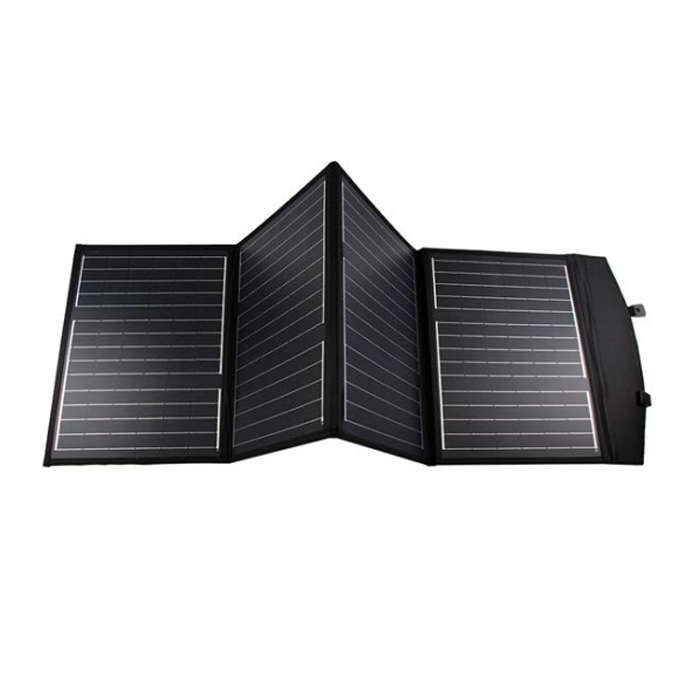When it comes to vehicle maintenance, the debate over whether to wax after polishing is a topic that often sparks discussion among car enthusiasts and professionals alike. Both processes are essential for maintaining the aesthetic appeal and longevity of your vehicle's exterior, but understanding the relationship between polishing and waxing can significantly enhance the effectiveness of your detailing routine. In this article, we will delve into the intricacies of both processes, explore the benefits of waxing post-polishing, and provide practical tips to achieve the best results.
Understanding Polishing and Waxing
Before we can address the question of whether to wax after polishing, it’s crucial to understand what each process entails.
Polishing is a mechanical process that involves the use of abrasive compounds to remove imperfections from the paint surface. This can include scratches, swirl marks, and oxidation. Polishing not only restores the shine of the paint but also prepares the surface for further treatments. There are various types of polishers available, including rotary and dual-action polishers, each offering different levels of abrasiveness and effectiveness.
Waxing, on the other hand, is a protective measure that involves applying a layer of wax to the paint surface. Wax serves to seal the paint, providing a barrier against environmental contaminants such as UV rays, dirt, and moisture. It enhances the gloss and depth of the paint while offering a level of protection that can prolong the life of the finish.
The Benefits of Waxing After Polishing
- Enhanced Protection: After polishing, the paint surface is often left vulnerable. Polishing can remove not only imperfections but also any existing protective layers. Applying wax immediately after polishing helps to seal the paint and protect it from environmental damage.
- Increased Gloss and Depth: Waxing after polishing enhances the shine achieved through polishing. The wax fills in microscopic imperfections left on the surface, resulting in a smoother and glossier finish. This is particularly important for those who desire a showroom-quality appearance.
- Longevity of the Finish: By waxing after polishing, you create a protective barrier that can extend the life of the polished surface. This is especially beneficial for vehicles exposed to harsh weather conditions or pollutants, as the wax helps to prevent oxidation and fading.
- Ease of Maintenance: A waxed surface is easier to clean and maintain. The smooth layer of wax repels dirt and grime, making it less likely for contaminants to bond with the paint. This means that regular washes will be more effective, and you may find that you need to polish less frequently.
When to Wax After Polishing
While waxing after polishing is generally recommended, timing is crucial. Here are some guidelines to ensure optimal results:
- Immediate Application: Ideally, wax should be applied immediately after polishing. This ensures that the surface is clean and free from any oils or residues that may have been left behind during the polishing process.
- Surface Temperature: Make sure the vehicle is at a moderate temperature. Avoid waxing in direct sunlight or extreme heat, as this can cause the wax to dry too quickly and may lead to streaking.
- Type of Wax: Choose a high-quality wax that complements the type of polish used. There are various formulations available, including natural carnauba wax and synthetic sealants. Each offers different benefits, so select one that aligns with your desired outcome.
Common Misconceptions
- Polishing is Enough: Some believe that polishing alone is sufficient for paint protection. While polishing restores shine, it does not provide the protective layer that wax does. Neglecting to wax can lead to premature wear and tear on the paint.
- Waxing After Polishing is Unnecessary: This misconception stems from the belief that modern paint technologies eliminate the need for waxing. However, regardless of advancements in paint technology, a wax layer provides additional protection that is beneficial for all vehicles.
- All Waxes are the Same: Not all waxes are created equal. The choice between natural and synthetic waxes can significantly impact the durability and appearance of the finish. Researching and selecting the right product is essential for achieving the best results.
Conclusion
In conclusion, the answer to the question Should you wax after polishing? is a resounding yes. Waxing not only enhances the aesthetic appeal of your vehicle but also provides essential protection against environmental factors. By understanding the relationship between polishing and waxing, you can create a comprehensive vehicle maintenance routine that ensures your car remains in pristine condition for years to come. Remember to choose high-quality products, apply them correctly, and enjoy the satisfaction of a beautifully maintained vehicle.

